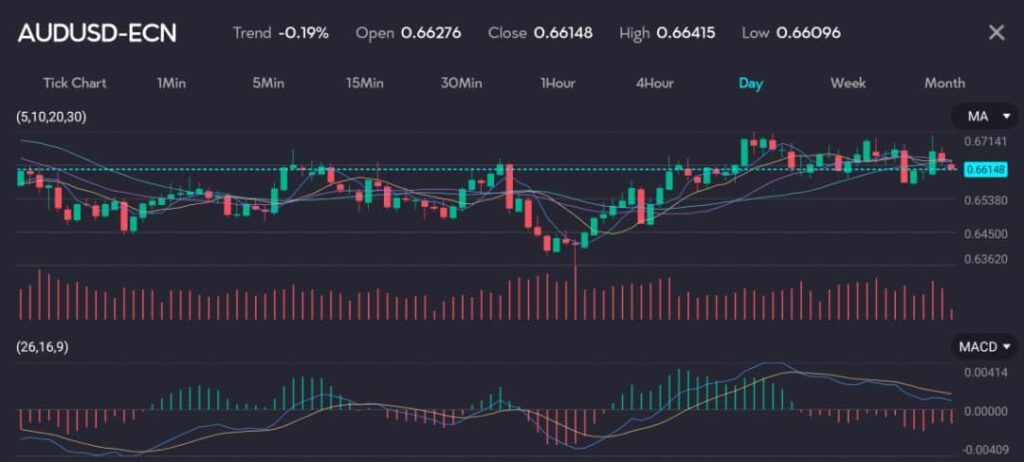Key points:
- Australian and New Zealand dollars reach multi-month highs against the euro.
- Political uncertainty in Europe boosts demand for safe-haven assets, impacting bond yields.
On Friday, the Australian and New Zealand dollars dipped slightly against the safe-haven U.S. dollar as risk aversion swept through European markets.
However, both currencies reached multi-month highs against the struggling euro. The Bank of Japan’s announcement to taper its bond-buying program after its July policy meeting also contributed to gains against the yen.
Political turmoil boosts Aussie and NZ dollars

Picture: Aussie on the rise as seen on the VT Markets app.
Political uncertainty in Europe led to a sharp rise in French and Italian bond yields, causing European stock markets to decline and impacting the single currency. The Australian dollar climbed to a five-month high of 0.6182 per euro, gaining 1.3% for the week. The New Zealand dollar reached a six-month high of 0.5749 per euro.
Against the U.S. dollar, the Australian dollar eased slightly to $0.6629 but remained up 0.7% for the week. The New Zealand dollar also added 0.7% for the week, reaching $0.6151.
U.S. inflation data sparks bond rally, lowers Aussie yields
The shift to safety and a soft reading on U.S. producer prices boosted bonds, pulling Australian 10-year yields down to a two-month low of 4.138%. Benign U.S. inflation data increased the likelihood of a September rate cut from the Federal Reserve, prompting markets to bet on earlier cuts in Australia and New Zealand.
Futures now imply a 63% probability that the Reserve Bank of Australia (RBA) will ease rates by December, compared to 30% at the end of last week. The RBA’s board meets next week and is expected to hold rates at 4.35%, likely reiterating that risks on inflation and policy are balanced.
RBA rate cut expected in November
Expectations for a material loosening in the labour market underpin the forecast that the RBA will start easing its cycle in November. However, given the challenging underlying inflation backdrop, there is a risk of a later start date for an easing cycle.
For the Reserve Bank of New Zealand (RBNZ), markets imply a 50-50 chance of a rate cut in October, with a quarter-point easing to 5.25% fully priced for November. Data showed food prices unexpectedly fell 0.2% in May, reducing annual food inflation to 0.2% from a peak of 12.5% last June.
The easing in inflation, particularly in discretionary spending areas sensitive to interest rates, indicates that monetary policy is working. This result increases the likelihood that inflation will fall back within the RBNZ’s 1% to 3% target band by the end of this year.
Start trading now — click here to create your live VT Markets account.









